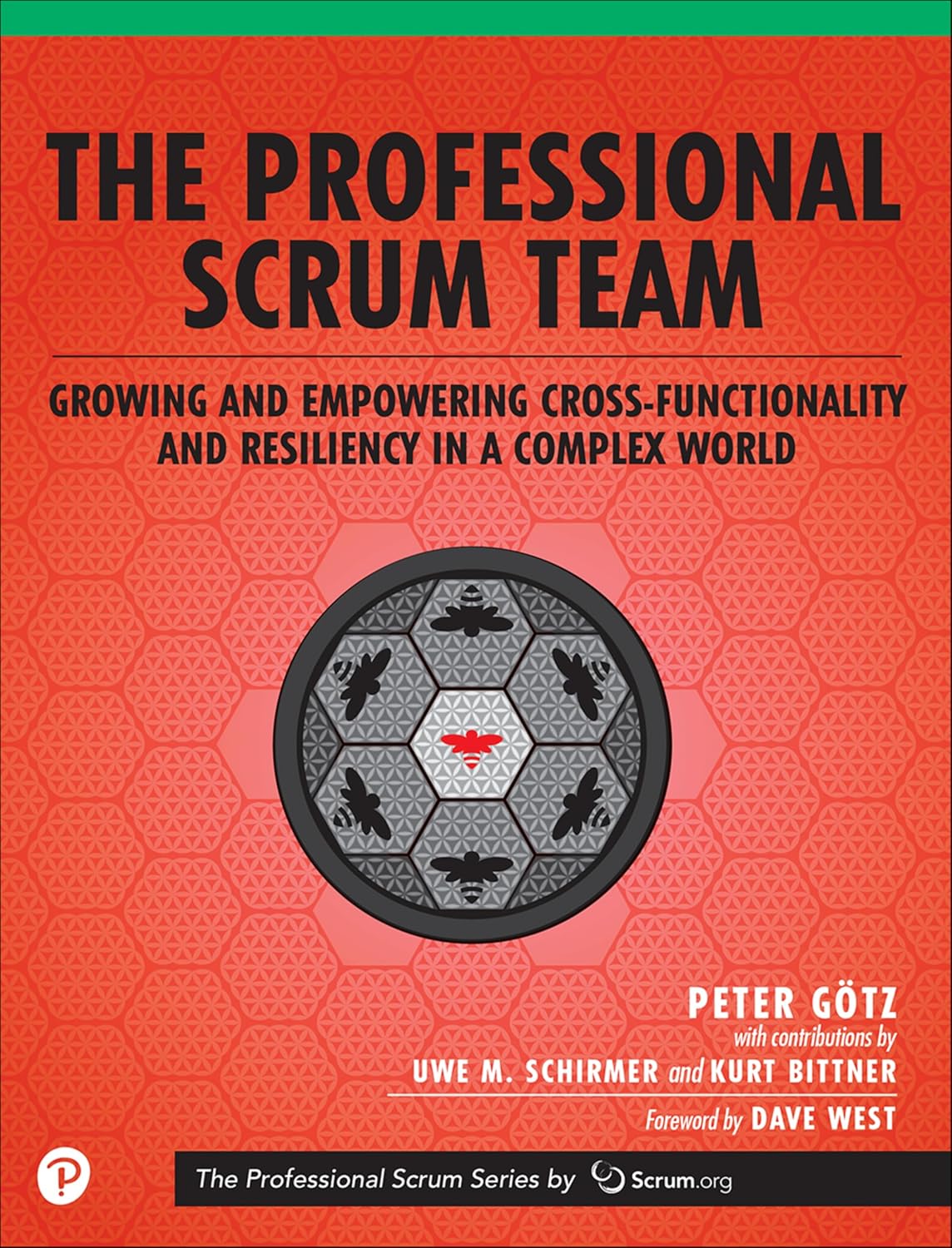
Sprint Planning
What is Sprint Planning?
Sprint planning is a collaborative meeting that marks the beginning of a new sprint in Agile project management. The team gathers to define what work will be completed during the sprint and how that work will be achieved. This meeting typically involves the product owner, Scrum Master, and development team. Together, they review the product backlog, set a sprint goal, and determine which tasks are realistic to complete within the given timeframe. The outcome is a detailed sprint backlog that outlines the scope and approach for the upcoming sprint.
Sprint planning helps ensure alignment between team members and keeps the project moving forward with clear objectives. It also allows for thoughtful consideration of priorities, capacity, and potential risks before any work begins. By planning effectively, teams can increase productivity and deliver more consistent results.
Key Points
- Sprint planning occurs at the beginning of each sprint and sets the direction for the upcoming work cycle.
- The product owner presents the highest-priority items from the product backlog for consideration and review.
- The development team evaluates each item based on complexity, dependencies, and available capacity.
- The team establishes a sprint goal that reflects a shared objective and guides decision-making.
- The final outcome is a sprint backlog that includes selected tasks and a plan for delivering them.
Related Terms
- The product backlog provides a list of prioritized work items that serve as the starting point for sprint planning.
- The sprint backlog is created during sprint planning and outlines the tasks selected for completion during the sprint.
- The Scrum Master facilitates the sprint planning session to ensure it stays focused and productive.
- A sprint goal defines the primary purpose of the sprint and helps the team stay aligned.
- The team uses velocity during sprint planning to estimate the amount of work they can realistically take on.
Sprint Planning: Example
A Scrum team begins a two-week sprint with a planning meeting. The product owner brings a list of the top ten backlog items. After the discussion, the team agrees to work on six of them. They define their sprint goal as “Improve user sign-up experience.” The team breaks the six items into smaller tasks, estimates the time required for each, and commits to delivering them by the end of the sprint.
Sprint Planning: Best Practices
- Keep the meeting time-boxed to avoid delays; two hours per week of sprint is a common rule.
- Ensure the product backlog is refined before the meeting so that items are clear and prioritized.
- Involve the entire Scrum team to encourage shared ownership and accountability.
- Use historical velocity data to guide realistic task selection.
- Focus on creating a clear, achievable sprint goal that gives purpose to the work ahead.
Additional Resources
Preparing for a PMI certification?
- Exam Prep Courses: PMP®, CAPM®, and PMI-ACP®
- Exam Simulators: PMP®, CAPM®, PMI-ACP®, PMI-PBA®, PMI-RMP®, PMI-SP®, PgMP®, and PfMP®
- Professional Development Units (PDUs): 15, 30, and 60 PDU Bundles




